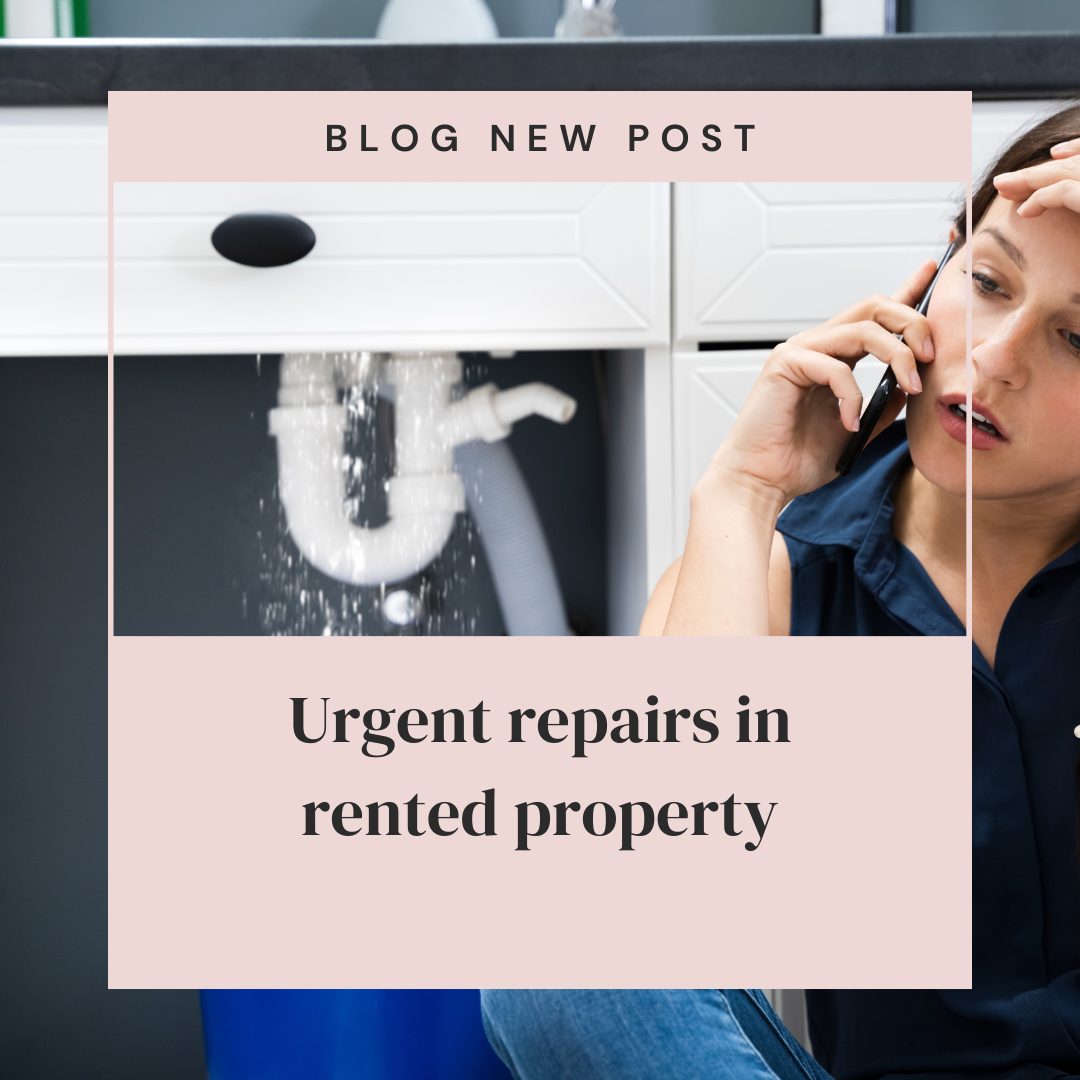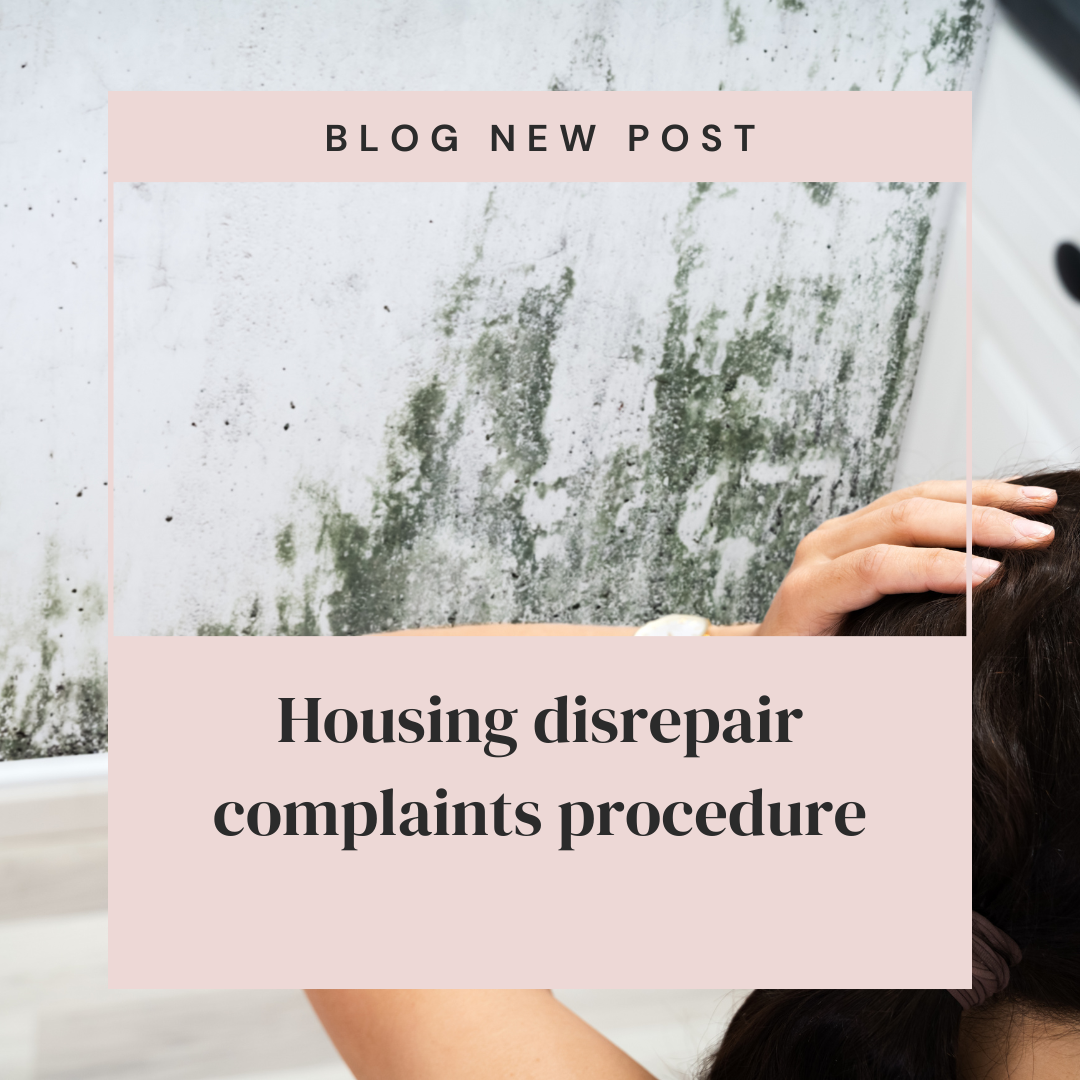Legal rights for tenants with housing disrepair issues
Legal rights for tenants with housing disrepair issues:Living with a leaky faucet is a nuisance, but what happens when disrepair in your UK rental becomes a major issue impacting your health, safety, and well-being? Fear not, tenants! You have legal rights, and this blog post will equip you with the knowledge to navigate disrepair situations and fight for your fair share.
Understanding Disrepair: Beyond the Dripping Tap
Disrepair goes beyond minor annoyances. It encompasses any issue that makes your rented property unsafe or unfit to live in. This can include:
- Structural problems: Leaky roofs, damp patches, faulty windows or doors.
- Plumbing nightmares: Leaky pipes, blocked drains, malfunctioning toilets or sinks.
- Electrical hazards: Faulty wiring, tripping switches, temperamental sockets.
- Heating and hot water woes: A broken boiler or chilly radiators leaving you shivering.
The Legal Landscape: Your Rights as a Tenant
Several key pieces of legislation work together to protect tenants from disrepair in the UK:
- The Homes (Fitness for Human Habitation) Act 2018: This Act states that landlords must ensure their properties are safe and healthy to live in. This includes keeping the structure watertight, plumbing and electrics functioning properly, and providing heating and hot water.
- The Defective Premises Act 1972: This Act makes landlords liable for injuries or damage to belongings caused by disrepair in the property.
- The Landlord and Tenant Act 1985: This Act outlines a landlord’s responsibility to repair certain issues within the property.
What These Acts Mean for You:
These Acts empower you to:
- Demand repairs: If your home suffers from disrepair that affects its safety or habitability, your landlord is legally obligated to fix it.
- Withhold rent (in some cases): Under specific circumstances, you may be able to apply to court to pause your rent payments until repairs are completed. However, legal advice is crucial before taking this step.
- Claim compensation: If the disrepair has caused you inconvenience, illness, or damage to your belongings, you might be entitled to compensation from your landlord.
Know Your Rights, Know Your Resources:
Here are some resources to empower you:
- Citizens Advice [Citizens Advice] offers free and impartial housing advice. They can guide you through the process and help draft a formal complaint letter to your landlord.
- Shelter England [Shelter England] provides information on your rights as a tenant and potential solutions for disrepair issues.
- Housing Disrepair Advice: https://housingdisrepairadvice.org/contact
- Housing Ombudsman: https://www.housing-ombudsman.org.uk/
Taking Action: What to Do When Faced with Disrepair
- Document Everything: Take photos and videos of the disrepair, and keep copies of all communication with your landlord regarding repairs.
- Contact Your Landlord: Inform them of the disrepair in writing (email or letter) and request they address it within a reasonable timeframe.
- Seek Help From Citizens Advice: They can advise you on your legal options and the best course of action for your specific situation.
- Consider Mediation: If communication with your landlord breaks down, mediation can be a way to reach an amicable solution (check out our previous blog post for more info!).
- Take Legal Action (Last Resort): If all else fails, legal action might be necessary. However, consulting a solicitor specializing in housing law is essential before taking this step.









